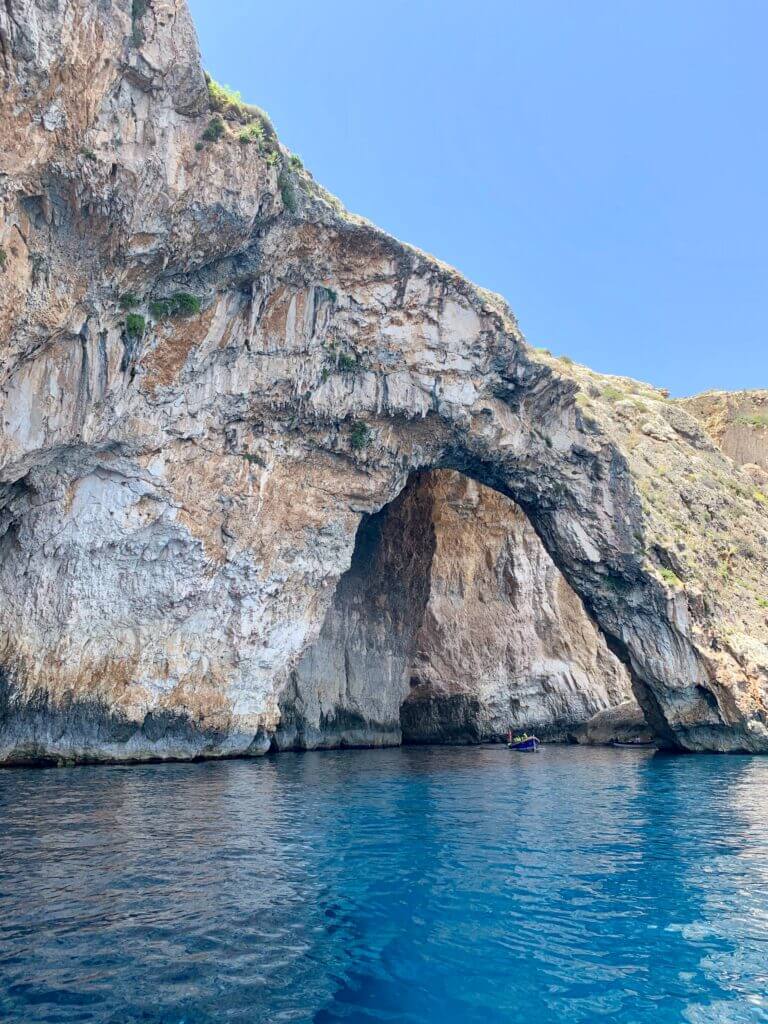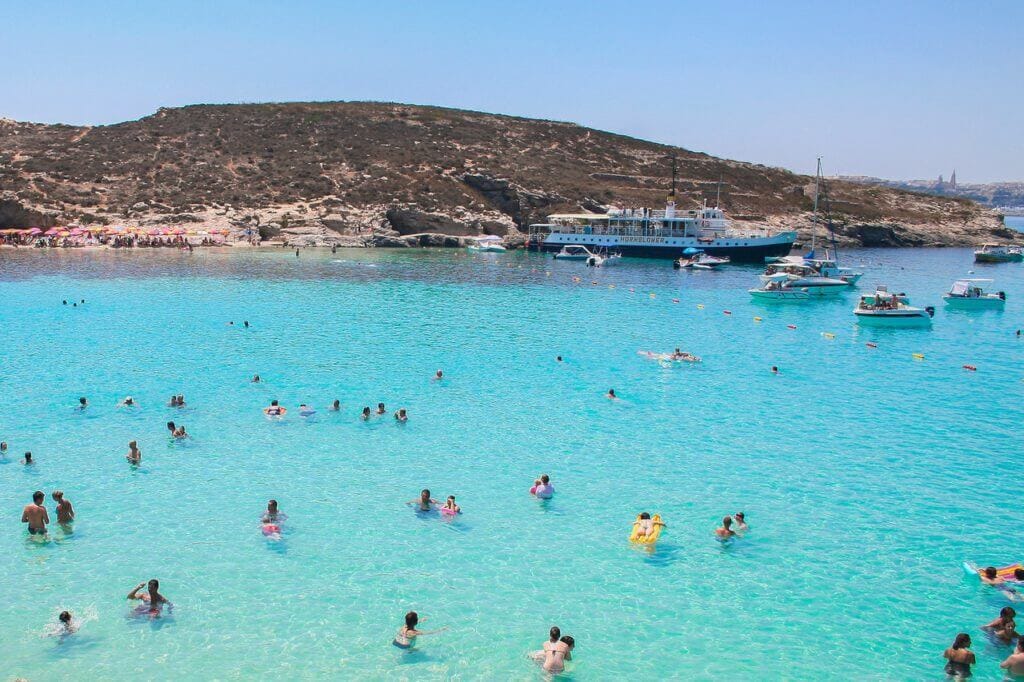Malta is an amazing place for divers. Beautiful coastline, wrecks, clear warm water. Old fortifications on promontories surrounding bays with beautifully shaped bottoms. Underwater tunnels and caves.
For logistical reasons, it is better to set yourself up to explore the dive sites of Malta – the main island of the archipelago – separately and explore the dive sites of Gozo separately. Malta is a bit more distance to travel between dive sites and the most interesting sites are only accessible by boat. Gozo is a close call and most dive sites are accessible from shore.
Since most tourists arrive in Malta by plane, the organization of diving resembles that in Egypt. Divers arrive with their equipment and on-site bases provide a dive guide and transportation by dive boats or cars to the dive sites as well as cylinders and ballast.
However, Malta also has a less typical way of organizing diving – unguided diving. These are not completely independent dives because it is difficult to arrive with cylinders and lead, but having a minimum of AOWD PADI degree you can buy a package at the base – for example, 5 days / 10 dives without a guide. This means that the base will issue us two filled cylinders per day, ballast and, very importantly for a given group, oxygen for securing dives. If we buy dives without a guide on our side is also to get to the dive site that is, we need to have a rented car (ideally on Gozo) or a boat (this is more in Malta).
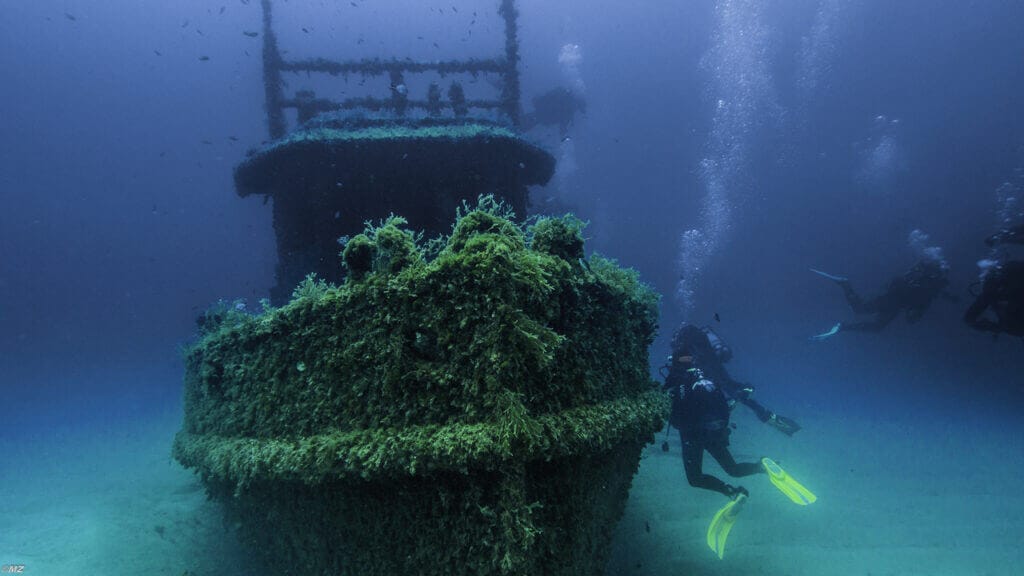
Island of Malta – dive sites
The island of Malta is dive sites accessible rather by boat. Due to the fact that most dive sites including wrecks require a swim-in, so it is better to choose dives with dive bases – with a guide. At the same time, because of distances, it is good to choose a hotel or apartment near the dive base with which we will dive.
Interesting places include:
The Wreck of Um El Faroud
Tanker sunk at 35 meters. It lies in two pieces – separately the stern and the midship with the bow section. A mighty 110-meter-long wreck with a beautifully preserved propeller and rudder fin.
Patrol boat P29
Sunk as an attraction in 2007 and lying at 38 meters.
Rozi tugboat
Lying at 35 meters is a beautifully preserved small tugboat.
Malta Inland Sea
Lying at L’Ahrax Point A shallow tunnel leading to a sinkhole with beautiful blue water.
Cirkewwa Arch
This is a beautiful underwater wall and underwater arch. Diving from 10 to 35 meters.
P29 wreck
A minesweeper sunk specifically in 2007. Diving to a depth of 30 meters to a maximum of 37 meters.
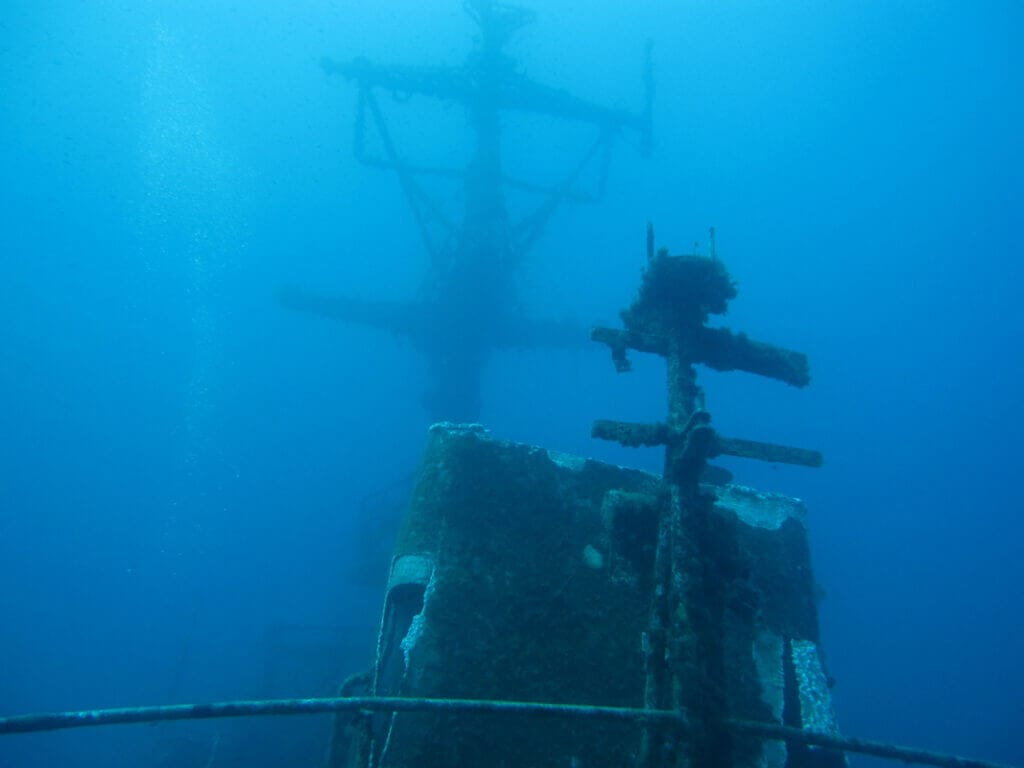
Blenheim Bomber
A beautiful dive to a depth of 42 meters. The wreckage of the plane with preserved wings and engines.
Scuba diving in Gozo – the best places, advice an example for inspiration
On Gozo, most of the dive sites including the wrecks of Xlendi, Karwela and Cominoland are accessible from shore so a typical dive involves getting to the dive site in more or less off-road vehicles and diving from shore. Dive centers offer packages of ten dives in five days also in a non-guided format. On Gozo, such packages make a lot of sense because they give us a lot of flexibility to organize dives on our own and according to our interests. Just have a rental car and we can already explore Gozo’s dive sites. On the first trip it is worth paying extra for a guide, but after that such free dives with your own organization give a lot of satisfaction.
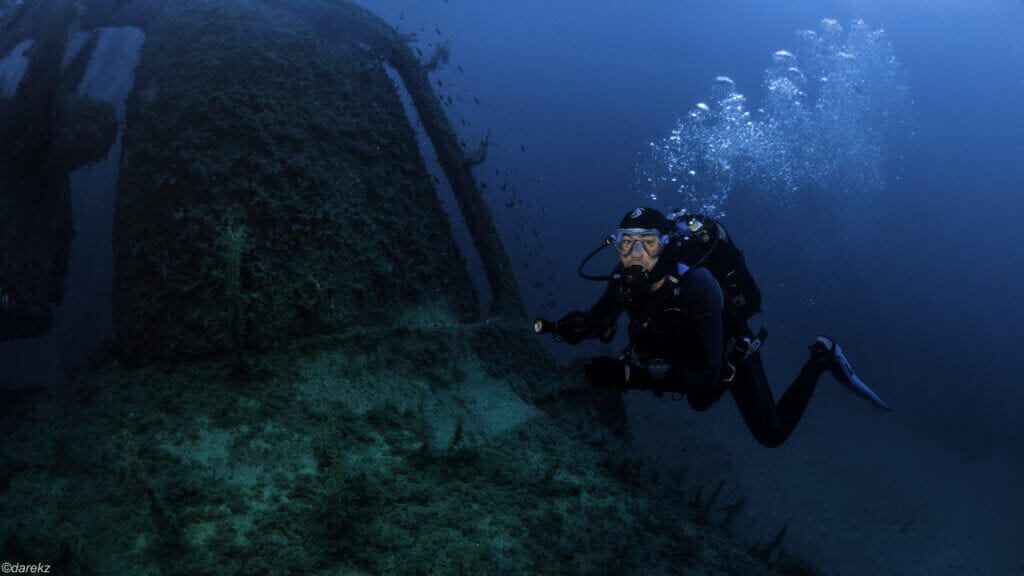
Since Gozo is a really small island, it doesn’t really matter where we sleep versus where the dive base is. And so we go on dives all over the island. Sometimes it is better to choose a dive base not on the water (where it is often difficult to drive up and park) and a base with good parking further from the water. After all, from either base we will be taking cars through the middle of the island to the next dive sites anyway.
If we drive ourselves in a borrowed car to the dive sites at the beginning, we just need to shift our thinking slightly as to what finding dive sites is. Descriptions are of the type – on the road to the port turn behind the grocery store and then past the farm along the steep road to the shore. Or as in the case of diving on the wrecks of Xlendi , Karwela, Cominoland, you have to find a beautifully marked parking lot and from it you go down into the water.
Diving on Gozo has another advantage. If it blows harder, you can always go to the dive sites on the leeward side of the island and dive in a place sheltered from the wind and thus with fewer waves.

Wrecks – MV Xlendi , MV Karwela, MV Cominoland.
Diving on them organizationally is quite simple. We pull up to the parking lot by the water and in front of us is a rocky slightly sloping coastline and under the water at 40 meters three wrecks lying actually in one line along the shore. Theoretically, it is possible to dive at least two wrecks at once on one dive (three is more like a decompression dive), but it is best to do three separate dives, one for each wreck. The wrecks are so large and interesting that it’s a shame to rush.
MV Xlendi is lying at 42 meters keel up. A wreck with very distinctive two bolts and with two steering fins on opposite sides of the keel.
MV Karwela lies at a depth of 42 meters.
MV Cominoland also lies at 42 meters deep.
Blue Hole – is another iconic spot lying next to the Azure Window, which is known from postcards. Unfortunately, the Azure Window is no longer there – it collapsed a few years ago, but the Blue Hole, which is an amazing blue “pool” in the rocks with an underwater exit to the open sea, is on and doing well. Super diving and a beautiful place for photos.
Inland Sea – is a bay surrounded by high rocks with an exit to the open sea through a natural tunnel, which is used by boats above and divers below. The tunnel is 3 to 26 meters deep and 80 meters long. Diving like diving but the surroundings, looking like a small quarry flooded with water from which we flow through a tunnel for a beautiful dive at the walls is not an everyday sight.
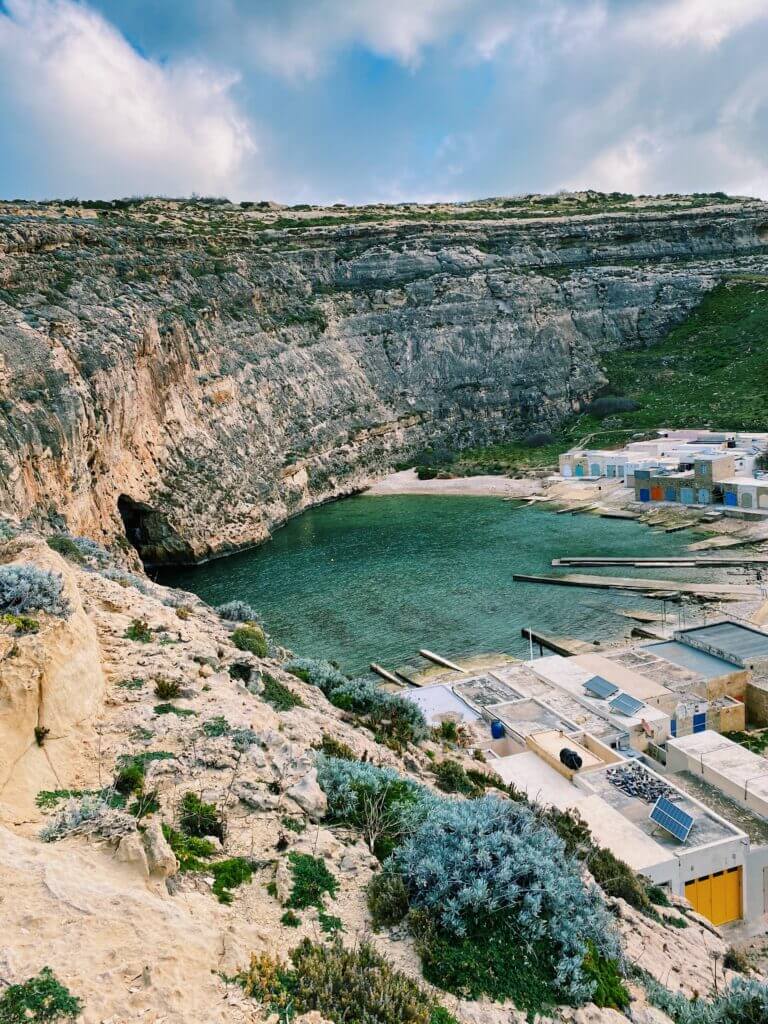
Double Arch – is another unique Gozo attraction. Double rock arch. The dive requires fairly proficient compass navigation, but diving and swimming underwater for longer periods is the price of seeing this unique rock formation. At the base of the arch there are 36 meters, so the depth is quite considerable which, combined with the swimming time, requires quite correct planning. An additional attraction is the nearby salt pan forming a beautiful mosaic on the birch near the entrance to the water.
Xlendi – is a charming town with a beautiful bay. Certainly a good place to rent an apartment in it with a view of the sea but also a good place for diving. The bay starting at the boulevard with the pubs has a very slowly descending bottom but increasingly higher walls on one side and the other create a beautiful underwater landscape. Unfortunately, at higher tide, visibility decreases a lot. On the right side of the bay is a nice underwater tunnel. Mgarr ix Xini – is a beautiful bay with access as difficult as pronouncing the name of this place. We go down a steep concrete slope and hit a tiny beach and a beautiful cove. During the season there is a cloud cafe and overall the place is ideal for two dives. The bay descends very slowly and after some time we arrive at two caves in the right wall. One has a base of entry at 10 meters, another at 16 meters. A calm long dive to any maximum depth.


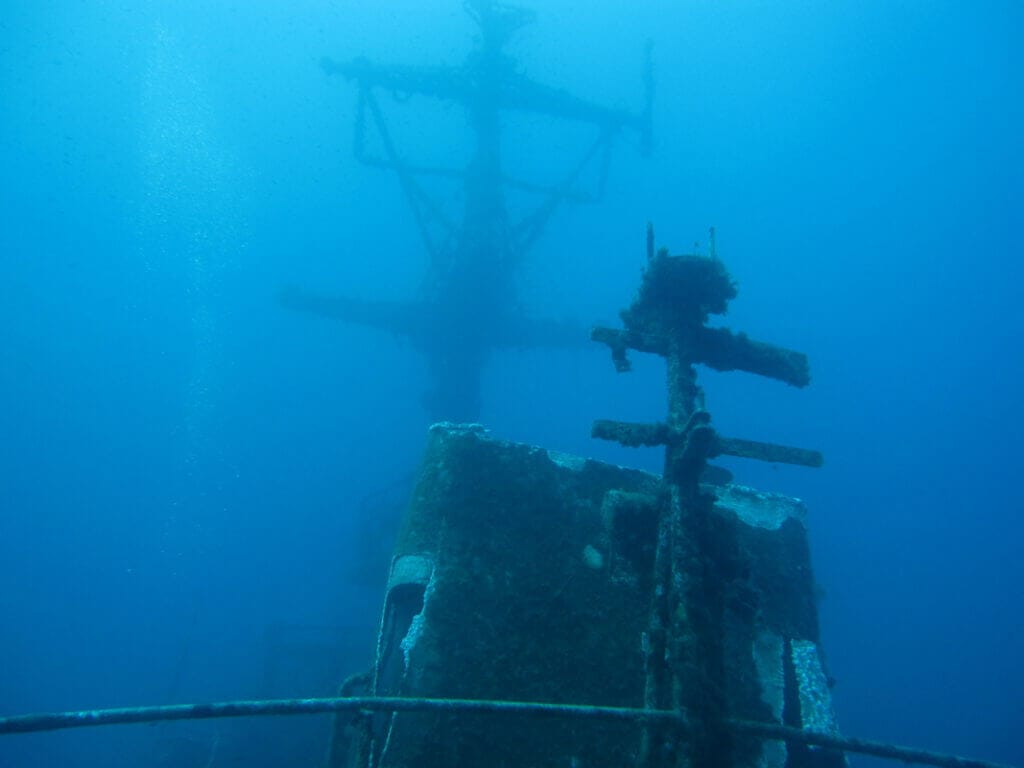
What to see in Malta? (other than diving)
Malta is an ideal place to dive, but also to explore and have fun. In any proportions.
Where does it lie? Malta is just south of Sicily (a few dozen minutes by plane).
It has always been a strategic point in the Mediterranean. It was such an unsinkable aircraft carrier. The Maltese survived their own by defending besieged Malta from the German and Italian Navy during World War II.
Malta’s currency is the euro and its second official language, besides Maltese, is English.
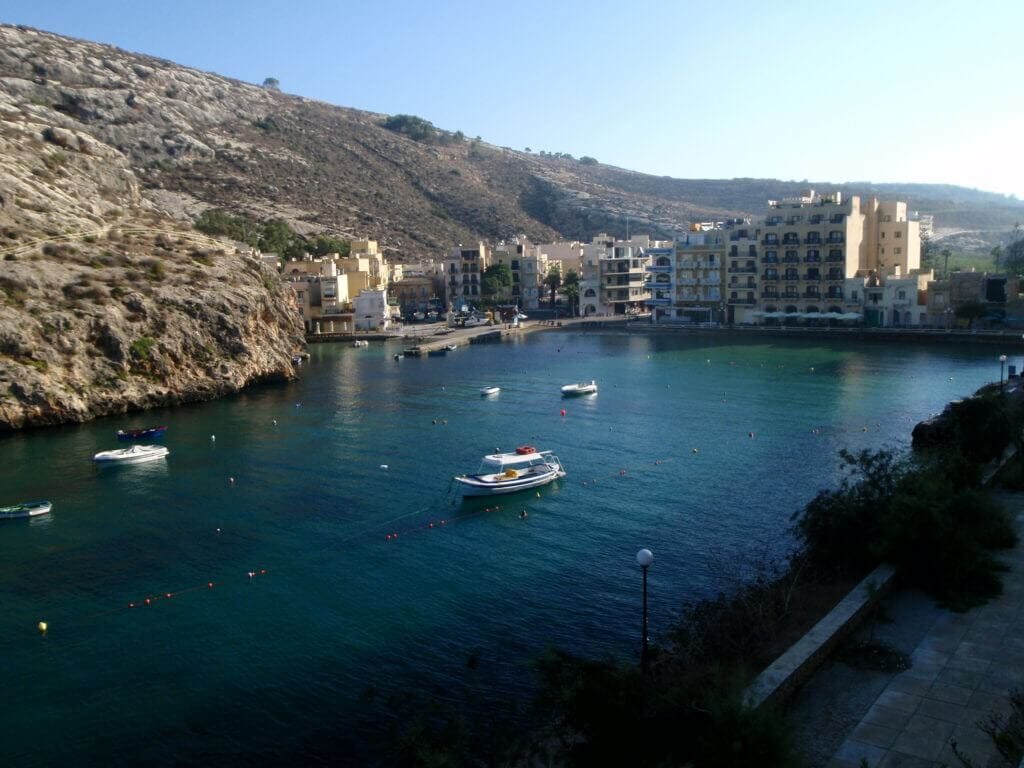
How to get to Malta?
Once upon a time, when flights to Malta were mainly operated by Air Malta, this small archipelago was for us divers, a rather exotic place. However, since flights have been mastered by low-cost airlines, Malta is one of the more popular destinations for divers. Flights from different parts of Poland take place several times a week. Tickets, as is the case with low-cost airlines, are often quite cheap, but in the case of diving and taking some equipment, you have to include surcharges for something more than cabin baggage. Diving season begins in late spring and lasts until the end of November. The tourist season is even longer.
Malta, even with the drive to Gozo, is small enough that Malta airport transfers take very little time, unless you stand in the traffic jam that occurs during the peak summer season. Malta and especially Gozo offers ideal conditions for independent sightseeing by both typical bus transportation and hop-on/hop-off shuttle buses. Borrowing a car for the duration of your stay is also a very good option. Particularly on Gozo, a borrowed car will enable us to commute independently to dive sites there, which are mainly accessible from the shore.
Malta – architecture, language and culture
Malta is built up with houses made of blocks of local yellowish limestone, unplastered both inside and out, which gives it an incredibly exotic flavor combined with a dose of convenience and modernity. A Tale from the Thousand and One Nights transferred to the reality of the European Union.
As a remnant of the English, everyone speaks English which is nice because Maltese is a mixture of Arabic, Italian and English and is quite difficult to understand. The Maltese language has many influences, because Malta has always been conquered by someone. It was such an important strategic point and attracted such powerful forces that it could never defend itself. It has been ruled by successive empires and the Maltese, as well as the Maltese language, has succumbed to constant new inspirations.
Malta’s modern history also has its tidbits. After Napoleon ‘s conquest of Malta and later after his fall, the Maltese (after learning in practice the legal system of France) personally asked England to be willing to accept them as a colony again. This shows the great wisdom of this nation. In an effort to ensure English proficiency among citizens, science subjects are taught in English in schools. I do not know since when this rule was introduced, but I have to say that the elderly grandmothers in the stores at the checkout using only Maltese with the expeditors clearly count in English 🙂
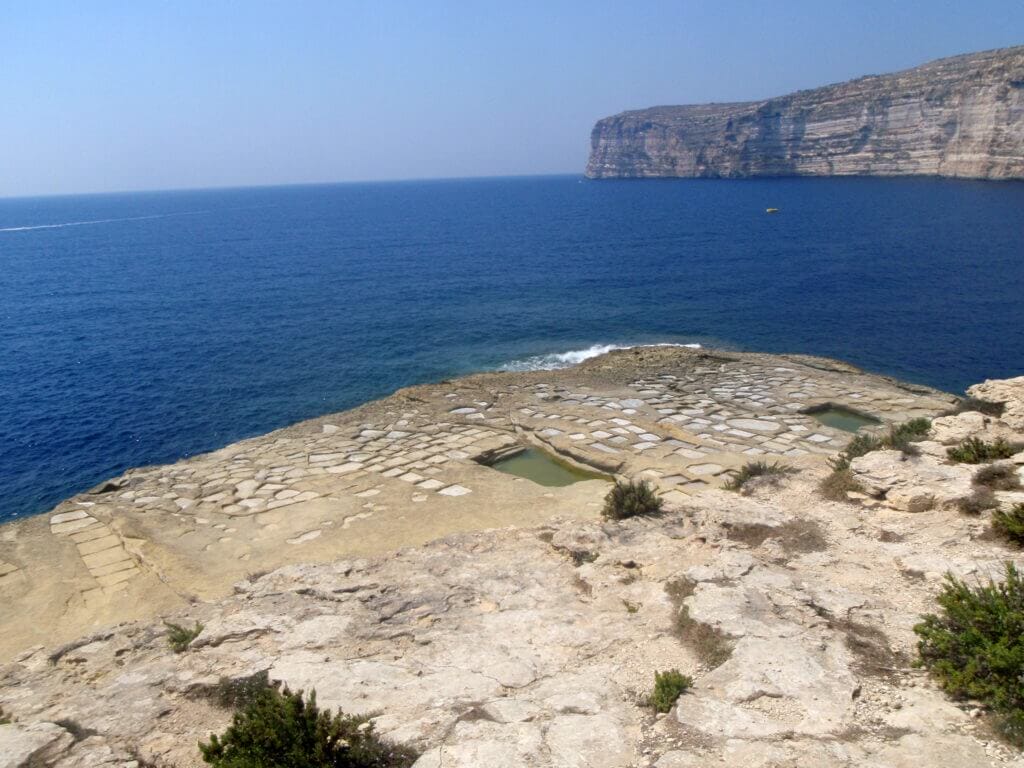
The Maltese are a smug people with a lot of understanding for tourists. They are tolerant of our problems with left-hand traffic as well as traffic jams generated by tourists wanting to take pictures from their cars. Anyway, the Maltese also create traffic jams but for the reason that they want to chat through the car window with a neighbor they meet.
Malta, due to its very consistent building laws, has retained a lot of wild places or built up in a rather archaic, not to say outdated way. In some lovely places, there is only an old house on the waterfront or no buildings at all. Sometimes, in a picturesque place with a thousand tourists, there is only one cafe. This can be annoying when standing in line for tables. But on the other hand, think what would happen if you put up a hundred cafes occupying every bit of shoreline.
If we are more inquisitive, we may wonder why in some places, instead of a garage renting umbrellas that the tourist must set up for himself on the rocky shore, there are no ready-made rows of umbrellas covered with “palm” leaves like those in resorts around the world. I’m already explaining why this is so. In the 1950s, Malta introduced a law prohibiting the change of use of buildings. If someone opened a café in his grandfather’s boat garage, he still has a café there today. If he didn’t open, there are fifty garages next door and you can keep your boat in them, or sit alone, but you can’t open a cafe. Such a garage can also not be rented to tourists. Meaning you can, but only as a garage for a boat. If the beach is public then the tourist can borrow a deckchair and umbrella and then carry and set up on his own. But the company, as a business, can’t do it for him, because it would be a business. I describe it in very brief terms and without showing all the consequences.

That Malta is so beautiful is due in part to these strange rules. And things that annoy tourists also stem from these rules. Just like the aforementioned problems with drinking coffee and a tourist cursing under his breath: “gee, why doesn’t anyone make a second coffee shop here?”.
Another interesting characteristic of the Maltese is that when they emigrate (and hundreds of thousands have emigrated from this once-poor island) they feel connected to their village/town and contribute to various extra expenses as if they continued to live there. Another village has better fireworks – ours must have better ones. The left side of the island has put up an opera house, a church, whatever, so our side will too. That’s why Gozo’s skyline looks like someone demolished Rome leaving only the cathedrals and Gozo’s 7,000-year-old capital has two opera houses.
Malta that is Malta, Gozo and Comino
The islands that make up Malta are distinctly different from one another. The largest is the island of Malta, next to it is the island of Gozo and squeezed in between is the utterly tiny Comino.
Malta
The island of Malta is heavily built up, densely populated and heavily civilized especially in the northern part. Malta is, on the tourist side, old streets with beautiful townhouses/palaces, and old fortified walls. Some drawbacks are traffic jams in high season and a heavily built-up coastline.
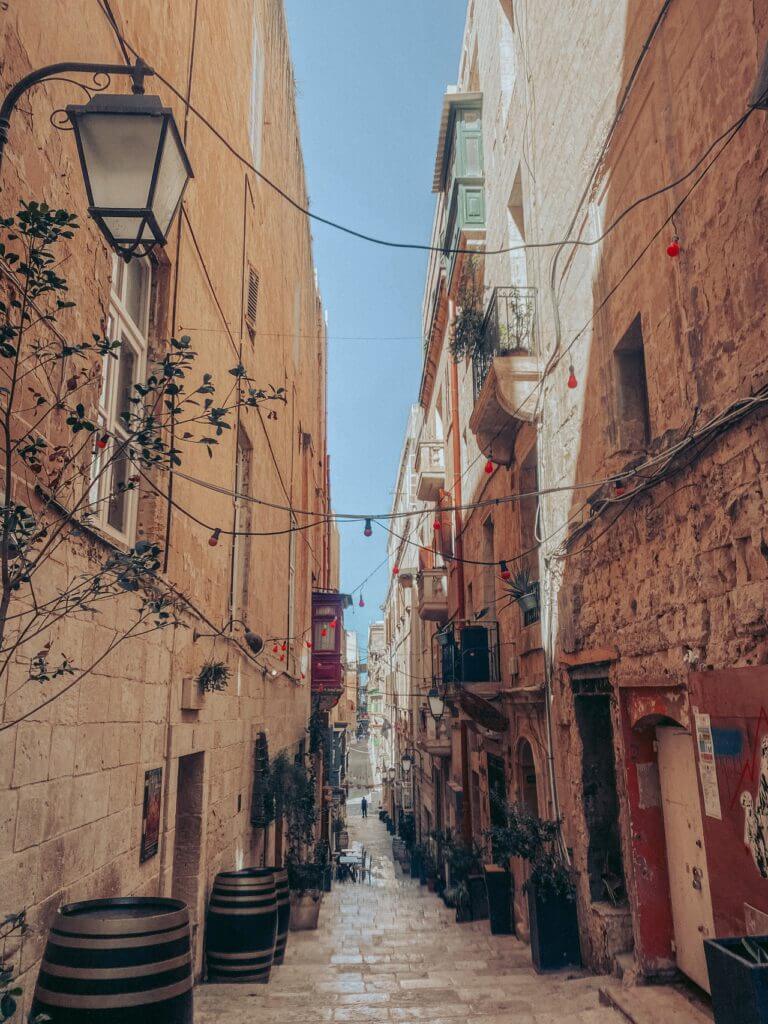
Valletta – Malta’s capital is definitely worth a visit. It is such a pocket capital consisting mainly of a former fortress and old townhouses. Very steep streets, full of places to visit, great restaurants.
On the eastern side of Malta, the town of Marsaxlokk is worth a visit, and taking the ferry from Malta to Gozo, it is worth visiting two towns on the bay along the way St. Paul That is, Bugibba and Xemxija.
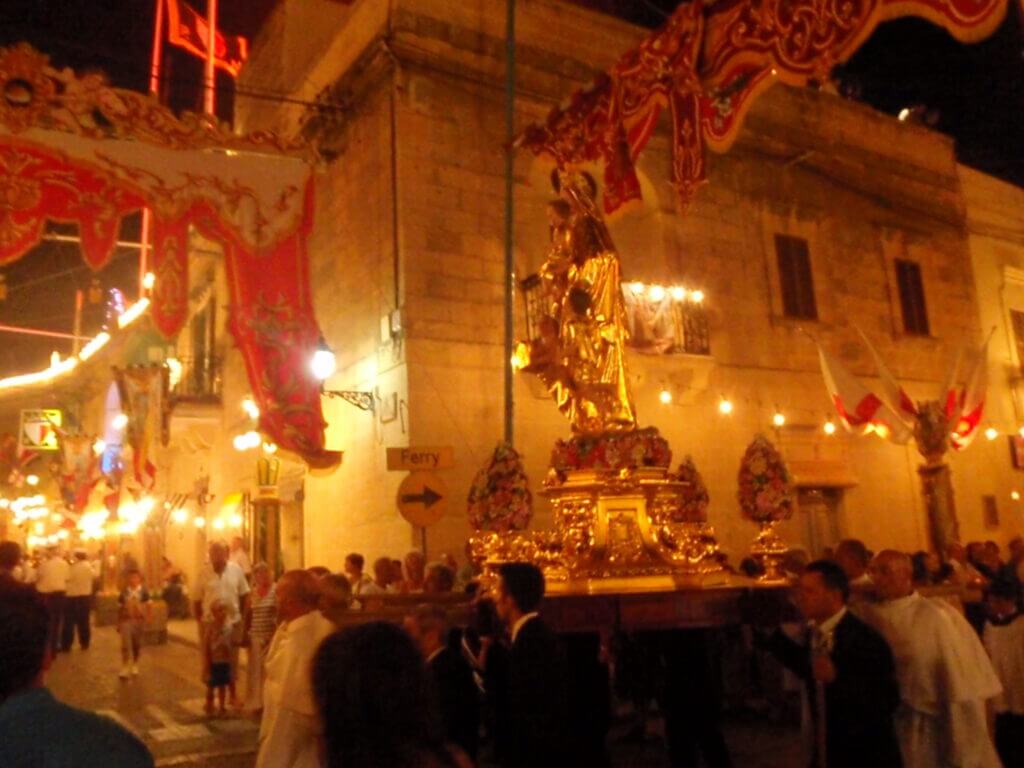
Gozo
Gozo is more agricultural, less populated, built up with small towns in which massive churches are conspicuous. The events there for the town’s patron saint’s day are amazing events that require a separate description. Gozo is a place for those who prefer to be closer to nature, spending time hiking along uninhabited cliffs. The terrain of Gozo is such that there are virtually no beaches. Often the shore descends very steeply into the water (cliffs). The possibility of entering the water is only in bays to which long steep paths or descents lead.
Gozo’s capital Victoria (Rabat) is a beautiful town perfect for lovers of old buildings and small restaurants. This miniature capital is an interesting destination for sightseeing, walking through restaurants, and it’s definitely worth visiting a market with many local delicacies. Gozo is ideal for non-diving companions. While we are diving, the rest of the participants of our trip will certainly not be bored.

We can especially recommend excursions to three places on Gozo:
Dwejra Point with its beautiful Blue Hole and the nearby Inland Sea.
Xlendi Bay with the town of Xlendi on a beautiful bay with rocky headlands.
Ta Cenc cliffs with the nearby bay of Mgarr ix-Xini.
A curiosity of Gozo is the still operating natural salt graduation towers, carved into the coastal rocks. Carved pools of a meter or several square meters were filled with seawater and the sun did the rest. The salt was deposited on the bottoms of the tanks after the natural evaporation of the water.
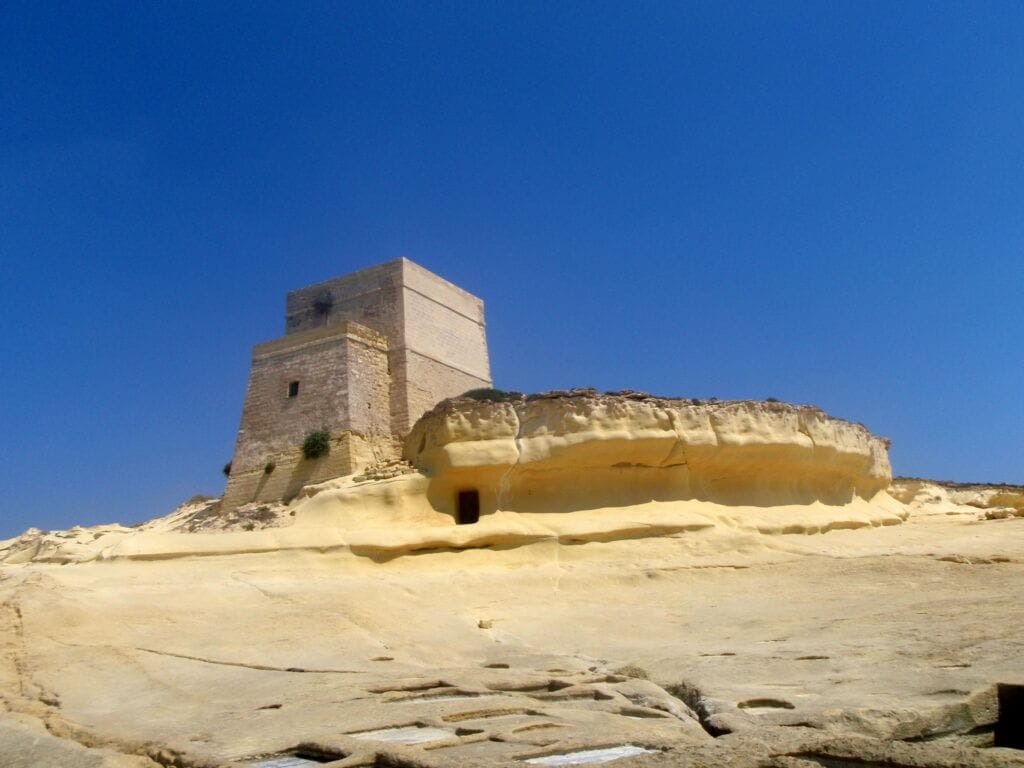
Comino
Comino is a destination for diving trips and beach trips to the Blue Lagoon. Comino itself is almost uninhabited, but is often flooded with tourists during the day. It’s worth taking a boat out there for snorkeling, and combine it with a day on a rocky beach over a blue lagoon.
Ghajnsielem Parish Church – church and indulgence on the last Sunday in August
In Malta and Gozo we liked, in addition to diving, wandering through small towns, beautiful giant cliffs and admiring the views with massive churches towering over small towns. But one event has sunk into our memory as the next bead to take away from your world tour. Local towns for the feast of their patron saint hold church celebrations that are a bit like our indulgences but with a grandeur reminiscent of New Year’s Eve in Times Square in New York. When we first drove to this event starting around 8pm, we were slightly late. From a distance, we saw that a fireworks show had begun. We found that we had to hurry to see at least the end of the show. We finally arrived at the site. After two hours, the fires continued to shoot.
The event consists of a procession around the square and church, fireworks, a town of food and toy stalls. Two orchestras lined up on two sides of the square in front of the church play “everything.” From the classics to the Beatles’ “Yesterday.” Of course, there is no shortage of people dancing to the music of orchestras and local beauties dressed as if for a ball. And it’s all happening at once.
Conclusion: the Maltese know how to party. A religious ceremony does not interfere with tuning up, and dancing does not interfere with the procession. We’ve seen a bit of events in our lives, but the indulgence on the last Sunday in August is worthy.

